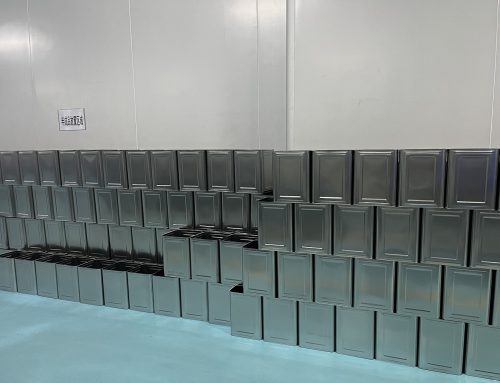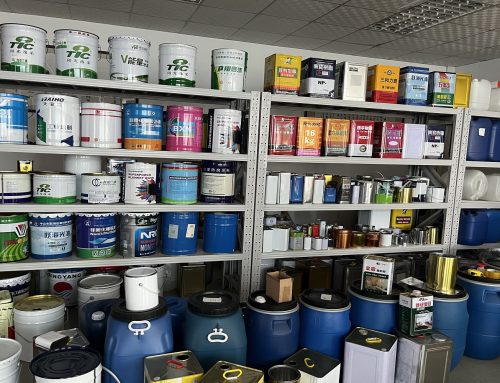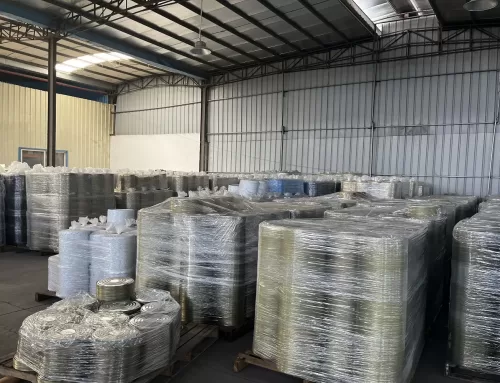In 1810, the British invented the world’s first metal can in order to better preserve food.
And it took more than 100 years for can making machines and humans to make cans really easy to pull.
In 1959, Americans invented the pop-top can. They processed the material of the lid itself to form a rivet, put on the pull ring and riveted it again, and matched with the corresponding notch to become a complete pop-top lid.
It has to be said that this design is really good, which has allowed the qualitative development of metal containers. In the 1970s and 1980s, the production line of cans gradually shifted from the United States to Japan, South Korea and other places.
In the early 1980s, Tsingtao Brewery imported beautifully printed all-aluminum two-piece cans from Japan in order to meet the packaging needs of its export products, which opened the prelude to the large-scale use of cans.
According to the different raw materials of the can body, the cans are mainly divided into two categories, including tinplate processing and aluminum processing. The representatives of the former are Lulu almond dew and the packaging of Jiaduobao, and the representatives of the latter are canned Coca-Cola and canned cans. of beer.
According to the structure of metal cans, it can be divided into two-piece cans and three-piece cans.
As the name implies, the three-piece can is composed of three parts: the can body, the can bottom and the can lid. The can body has seams, and the can body and the can lid and the can bottom are rolled; The can body consists of two parts, the can body and the can lid are rolled and sealed.
Let’s put it this way, when aluminum is used as the material, it is mainly made into two-piece cans, and when tinplate is used as the material, it is mainly made into three-piece cans.
The difference between the two is mainly in the manufacturing process of the can body. The two-piece can itself has no welds and is a complete whole, which is not afraid of leakage, which is beneficial to the quality of the beverage.
can manufacturing
The manufacturing process of the pop-top can is actually very simple. It is to punch the steel plate into a specific shape. The difficulty of manufacturing is that it is formed in one piece. To make it so thin, the requirements for materials and purity are very high.
Specifically, there are the following major processes, namely:
The first process is the round cup punching die, and the thin aluminum strip is punched into a round cup under the action of the cup punching machine.
The second process is stretching, which is drawn into the shape of a high-aluminum can that is usually seen by a stretching machine.
The third process is bottom stamping. The bottom of the pop-top can generally has a concave design, mainly to prevent the can body from expanding, so it needs to be stamped with special tools.
The fourth process is the cleaning and printing of the can body. The outer wall of the can is rinsed and dried, and then colored and packaged.
The fifth process is the necking of the can mouth. To put it bluntly, it is to keep shrinking the can mouth. The purpose of this is to save money. A reducer will be used here, which will shrink the straight wall into a small opening, so that it can be better fastened with the cover.
Finally, the can lid is formed and the can body is sealed.
Especially the production of can body materials is a demanding process in today’s aluminum processing.
Since the scrap rate in the can making process should not exceed one in 100,000, the can material must be highly stable in terms of tolerance, state and performance.




